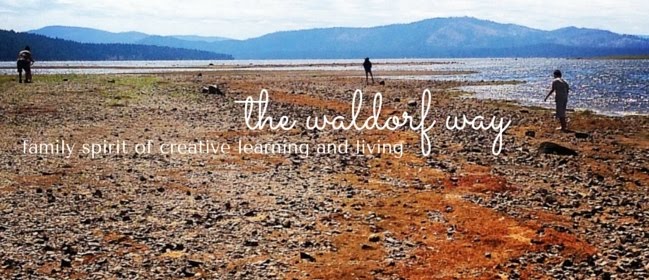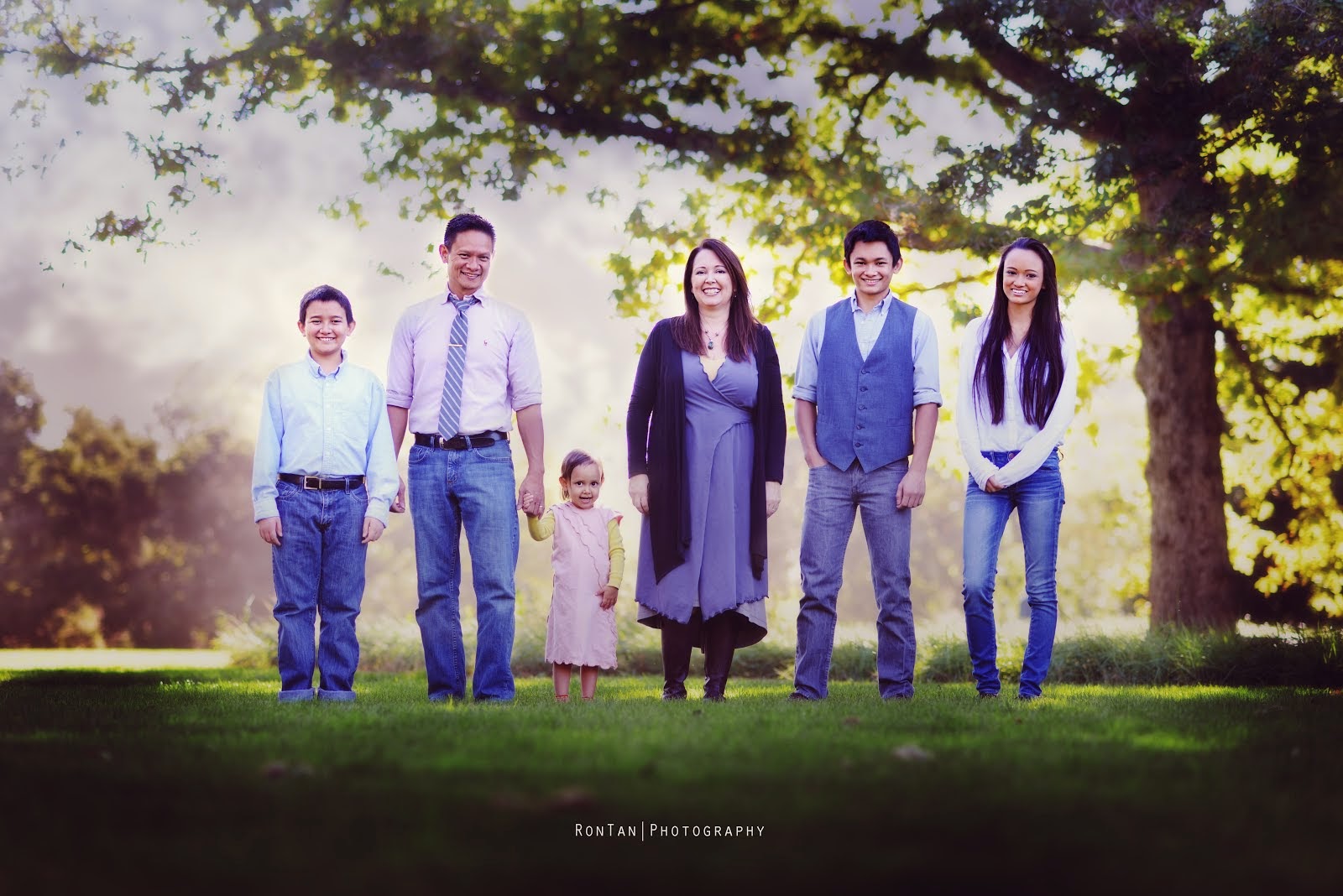
Grade eight at East Bay Waldorf completed their second week of physics, where we studied pathways of light and sight. The two main concepts discussed were REFLECTION and REFRACTION. Capitalizing on the double entendre of the word reflection, the students began with a a short paragraph, verse, or poem about their thoughts on light.
Day One: Reflection
We brought mirrors into the classroom to demonstrate how light is bounced off of a flat, reflective surface. Mirrors can reflect an image exactly as it is. Using yarn, I had the students follow one end of yarn, held by a classmate, as the incident ray, to the point in the mirror where the image is seen by the observer (the incident point), then to the observer's eye (the reflected ray). Doing this shows two physical laws of reflection:
1. The incident angle equals the reflected angle.
2. The incident ray, the normal line (the line perpendicular to the reflective surface and whose axis is placed at the incident point), and the reflected ray are coplanar.

Day Two: Refraction Observed
On day two, I set up the classroom with five stations with which to view the phenomena of refraction. The five stations allowed for smaller groups of students to experience each station and offer accurate observations and recordings of the phenomena. I rotated each group every 3-5 minutes.
Station 1: Viewing a beam from a laser light pen through an empty beaker and a beaker filled with water, and observing the resulting dot behind the beakers.
Station 2: Through a 600 mL beaker filled with cloudy water (I mixed in a bit of flour), viewing a flashlight beam as it is passed horizontally across the outside of the beaker.
Station 3: Observing a large diameter glass container with a quarter at the bottom. Students were asked to angle their vision so as not to be able to see the quarter at the bottom. Water was poured in, and they observed if the quarter became visible.
Station 4: Observing a beaker with a straight rod in the water.
Station 5: Viewing objects passed across the back of a water-filled beaker.

Day Three: Refraction Explained
We returned to the previous day's demonstrations and discussed the results. I explained the phenomena of refraction, the bending of light as it passes from one medium into another. The direction of the bend required careful explanation. I did an exercise with the students outdoors to better illustrate the phenomena:
The students lined up in three rows of five holding hands. They stood on the asphalt at an angle to the grassy lawn. The asphalt represented air and the grass represented water. I asked the students to skip on the asphalt, and walk slowly on the grass (to show the speed of light is slowed in water).
Coming in at an angle from asphalt to grass, the first student to touch the grass will walk, while the others will still skip until they also touch the grass. It demonstrated a physical law of refraction: a ray of light hitting another medium at an angle will change its course as the ray hits the medium at an uneven speed. In the case of air to water, the angle becomes steeper. From water to air, the angle becomes less steep. (This really has to be demonstrated in steps in class!)

Day Four: Magnification
Just as our knowledge of the properties of heat (radiation, conduction, and convection) allows us to control heat, our knowledge of light refraction allows us to control light, useful in magnifying glasses, telescopes, and corrective lenses. We viewed different lenses and noted the distortion of image sizes, depending on the shape of the lenses.

Day Five: Recap and Intro of New Topic
On day five, we revisited magnification. I introduced the new concepts for next week: water and air. I decided to make it an extra fun day. We had a few water games that pit one tribe against another. They did a relay race with heavy, water-filled jugs. They passed cups of water along to see which tribe would be first in filling a container. Two warriors from each tribe even dueled with water syringes to decide the fate of their nations!



1 comment:
awesome class
Post a Comment